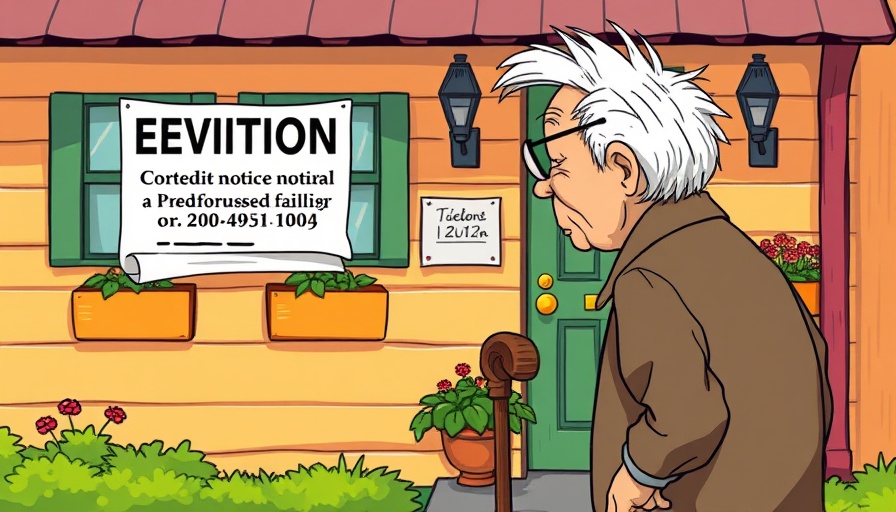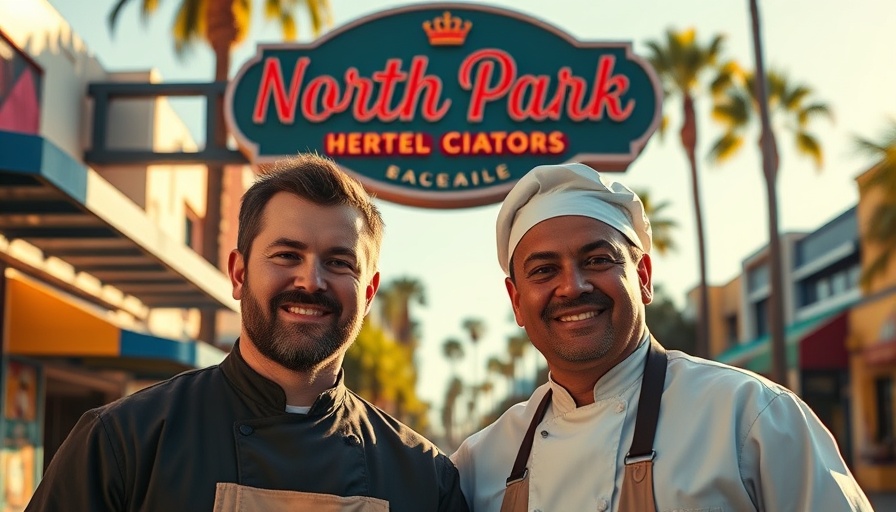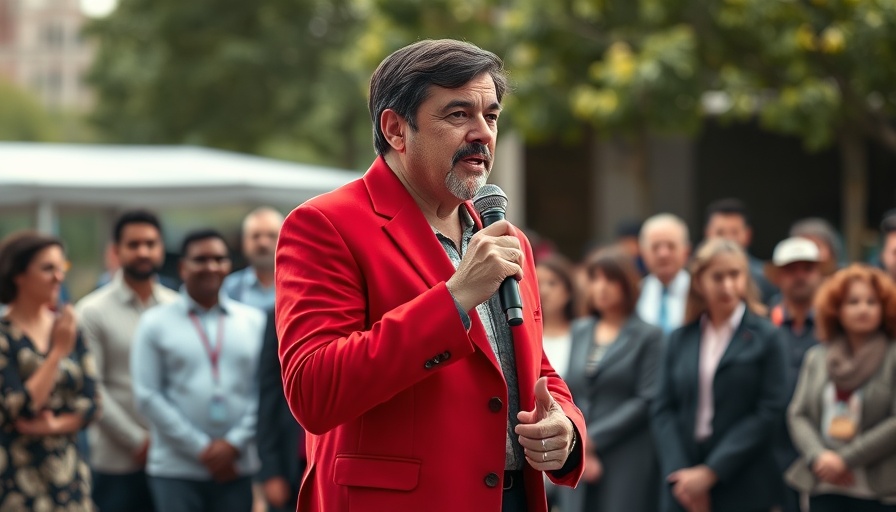
Preparing for the Inevitable Senior Population Boom
As San Diego approaches a pivotal demographic shift with a burgeoning senior population, a daunting challenge looms: how can the city prepare to meet the needs of its aging residents? Reports indicate that between 2020 and 2023, the city’s population of individuals aged 65 and older increased by 9%, starkly contrasting with declines in younger demographics. This trend is not merely statistical; it signals an impending reality where seniors could outnumber younger residents, reshaping our community's fabric.
The Housing Crisis for Seniors
Housing accessibility emerges as a critical concern in this context. Many seniors today are facing financial barriers that limit their ability to secure stable housing. In fact, nearly two in five seniors in San Diego lack sufficient income to meet basic needs. This reality is exacerbated by an alarming rise in homelessness among older adults. Currently, over 30% of the homeless population in San Diego is 55 or older, showcasing a disheartening trend that reflects broader societal issues.
The city's inadequate housing infrastructure is illustrated by the recent opening of a senior living complex in Ramona, which attracted over 5,000 applicants for just 62 moderate-income units. This staggering demand highlights the urgency for more affordable housing options tailored to seniors.
Cultural Relevance and Representation
Sociocultural attitudes toward aging further complicate the complexity of this demographic shift. In America, older adults often feel overlooked, residing in a culture that celebrates youth while marginalizing seniors. This invisibility creates a societal paradox, as many older individuals—especially those who identify as elder orphans, living sans immediate family or community support—find themselves isolated.
Estimates suggest that San Diego is home to over 130,000 elder orphans, a figure that underscores the dire need for community initiatives aimed at fostering connection and support among older residents. Notably, demographic differences reveal profound disparities: Black and Latino seniors are statistically more likely than their White counterparts to be classified as elder orphans, indicating that income and community support play significant roles in the quality of life for aging adults.
Faith in Change: Opportunities Ahead
Despite these daunting challenges, there remains an opportunity for proactive engagement. Paul Downey, a respected figure in the aging advocacy space, emphasizes that while the issues are complex, they are not insurmountable. Addressing the aging population boom requires a concerted effort from local governments, community organizations, and citizens alike to implement long-term strategies that prioritize affordability in housing, healthcare, and social services for seniors.
Incorporating innovative programs, like community-driven initiatives that promote intergenerational interaction, could not only alleviate the sense of isolation but also bridge the gap between youth and aging demographics. By acknowledging and valuing the contributions of older adults, San Diego can foster a more inclusive environment.
A Collective Responsibility
As the senior population grows, so does the responsibility of the San Diego community to adapt and respond. This monumental task invites all residents to advocate for inclusive policies, connect with elderly neighbors, and support local initiatives aimed at improving life quality for seniors.
Ultimately, the readiness of San Diego for the coming senior population boom hinges on a collaborative approach—one that recognizes the dignity and vital role of older adults in shaping the city’s future.
The future is not only about preparing for the inevitable changes but also about embracing the wealth of knowledge and experience that seniors bring to our communities. Transitioning from a crisis mentality to a proactive strategy will undoubtedly yield benefits that enrich lives across all ages.
 Add Row
Add Row  Add
Add 




Write A Comment